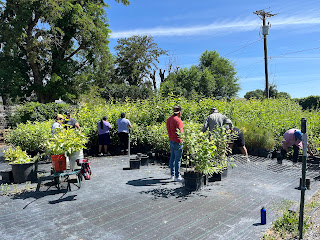POBR25 Day 14: Departure Home! 6-28-25
We are leaving tomorrow! I feel pretty good about getting home. I am learning more about myself taking these trips. I went on Panama and now completed People of the Big River, so I am ready to relax at home in bed. I had a two-week break in between trips but this was not enough time to settle in at home so when I got back out, I still had a majority of my travel stuff together. I downloaded a lot of movies for the final evening here. I don’t anticipate getting much rest even though summer is here since I have an internship I am fully committed to when I get home. Since we get back Saturday then Sunday off and right back to the Huckleberry work on Monday morning and this should be a fun project since I did have time to learn more about the issues and research put into that project. The stuff we did for this trip felt like I was thrown into the deep end and had to roll with what we did. I get it though sometimes education has to be rough to get a full picture of the commitment we a...










